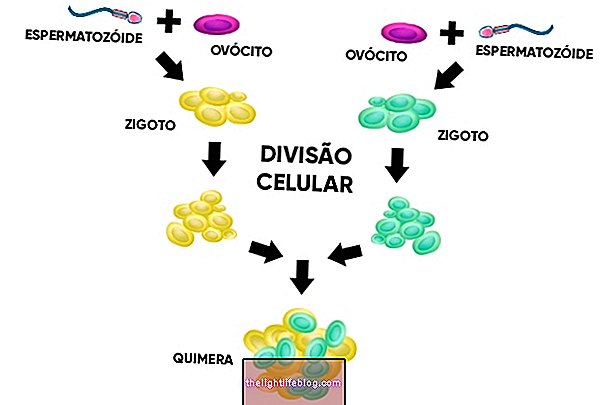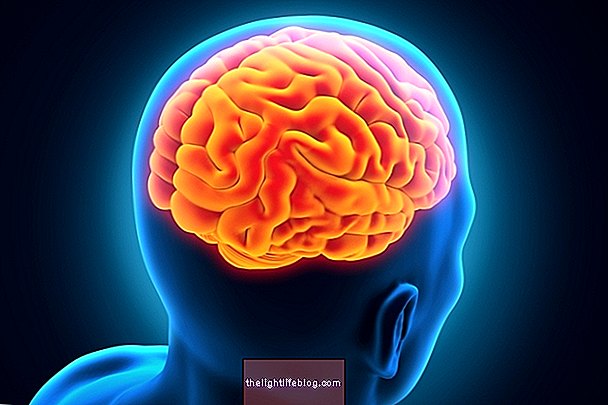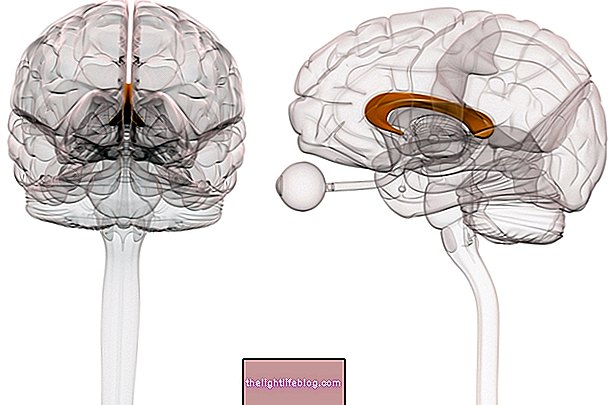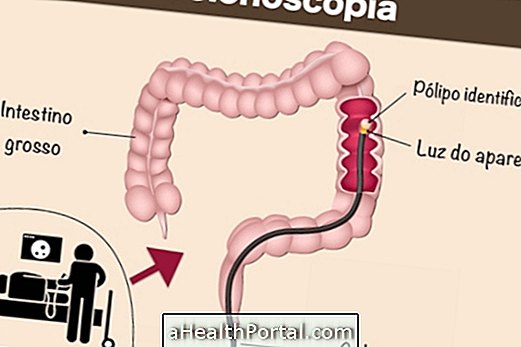Kartagener syndrome, also known as primary ciliary dyskinesia, is a genetic disease characterized by changes in the structural organization of the cilia that line the respiratory tract. Thus, this disease is characterized by three main symptoms:
- Sinusitis, which corresponds to inflammation of the sinuses. See how to identify sinusitis;
- Bronchiectasis, which consists of the enlargement of the bronchi of the lungs - learn more about pulmonary bronchiectasis;
- Situs inversus, in which the organs of the chest and abdomen are located on the opposite side from what would be normal.
In this disease, the movement of the cilia, which are small hairs present in the trachea and bronchi, which help expel dust and mucus from the lungs, are altered, causing mucus, dust and microbes to accumulate in the lungs. This problem increases the risk of serious infectious diseases in the respiratory tract such as rhinitis, sinusitis, bronchitis or pneumonia.
In addition, it is common for men with Kartagener syndrome to be infertile, as sperm lose the ability to move along the channels of the testicles.
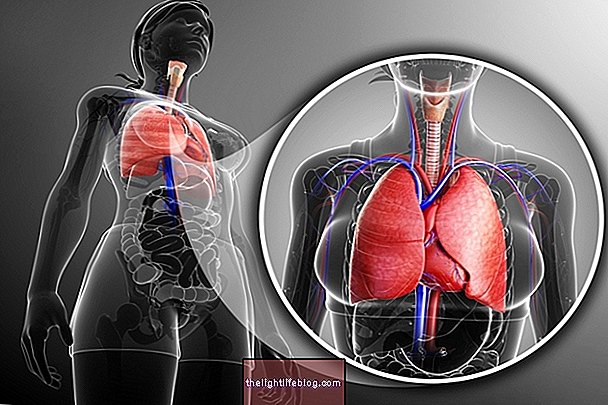
How the treatment is done
The treatment of Kartagener Syndrome aims to reduce symptoms and prevent the onset of respiratory infections, and it is usually indicated to take antibiotics to treat sinusitis, bronchitis and pneumonia according to medical advice. It is also recommended to use saline, mucolytics or bronchodilators to release the mucus present in the bronchi and facilitate breathing.
It is important to avoid the use of cigarettes, contact with pollutants and use of irritating substances, in addition to maintaining good hydration to make secretions more fluid and to make mucus elimination easier.
Respiratory physiotherapy is also indicated to treat Kartagener syndrome, since through small breathing exercises, the mucus accumulated in the bronchi and lungs can be eliminated, improving breathing. Learn more about respiratory physiotherapy.
Main symptoms
People with Kartagener syndrome are more likely to develop respiratory tract infections, such as sinusitis, pneumonia and bronchitis, for example. The main symptoms of this syndrome are:
- Productive and bloody cough;
- Difficulty breathing;
- Tiredness;
- Weakness;
- Shortness of breathe;
- Wheezing in the chest;
- Cardiac insufficiency;
- Increased size of the distal phalanges of the fingers.
Associated with these symptoms, other clinical manifestations are present, such as dilation of the bronchi and alteration of the position of Organs thoracic organs, with the heart located on the right side of the chest.
Was this information helpful?
Yes No
Your opinion is important! Write here how we can improve our text:
Any questions? Click here to be answered.
Email in which you want to receive a reply:
Check the confirmation email we sent you.
Your name:
Reason for visit:
--- Choose your reason --- DiseaseLive betterHelp another personGain knowledge
Are you a health professional?
NoMedicalPharmaceuticalsNurseNutritionistBiomedicalPhysiotherapistBeauticianOther
